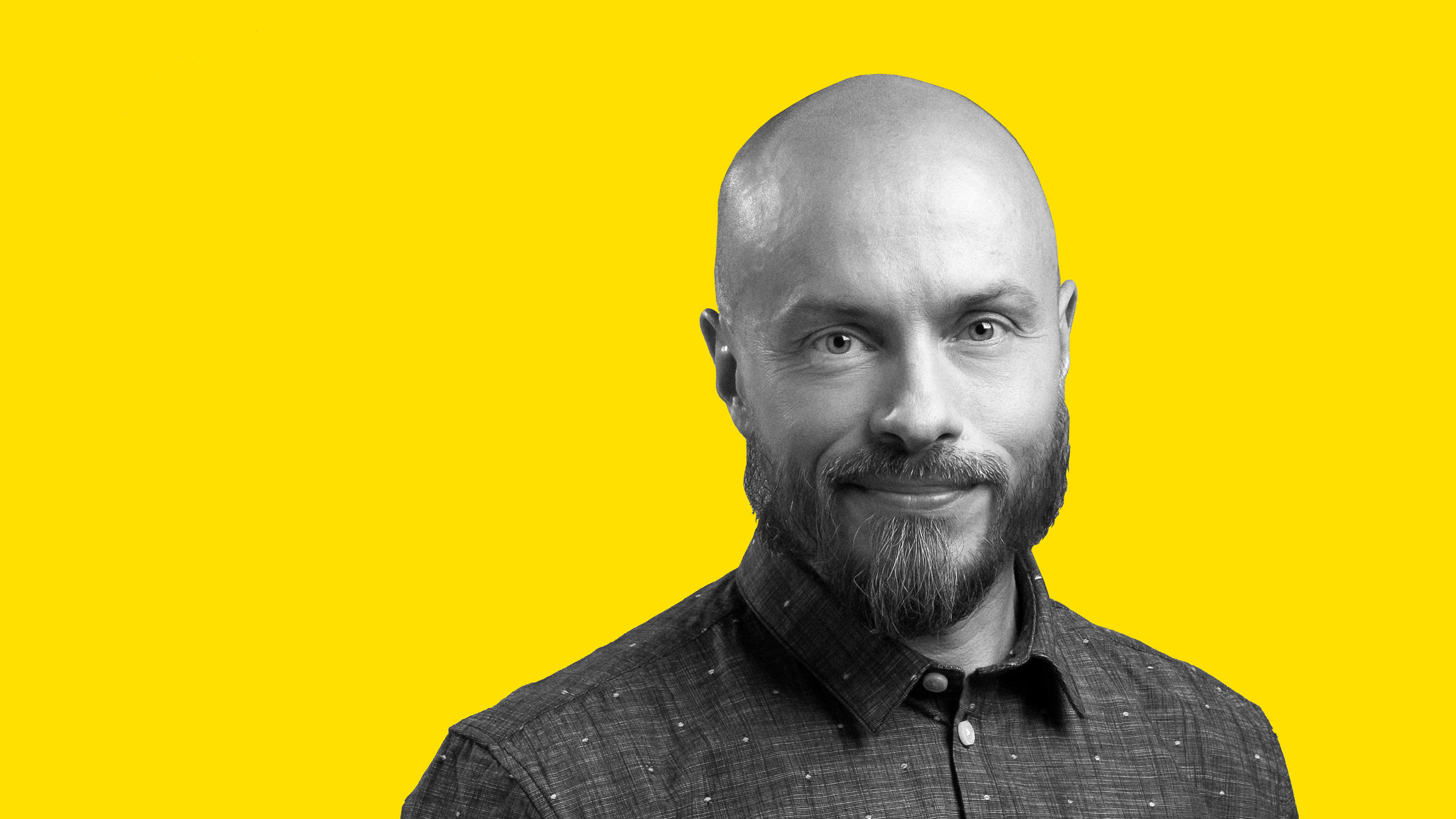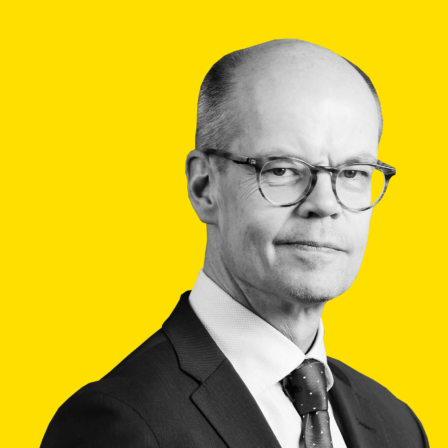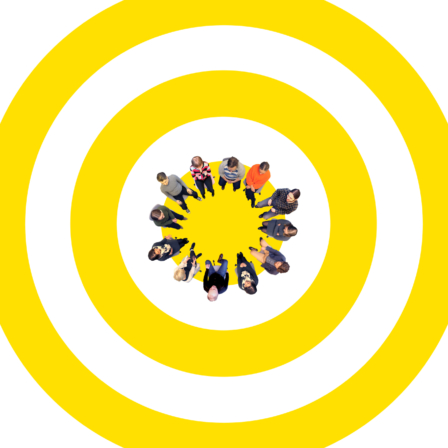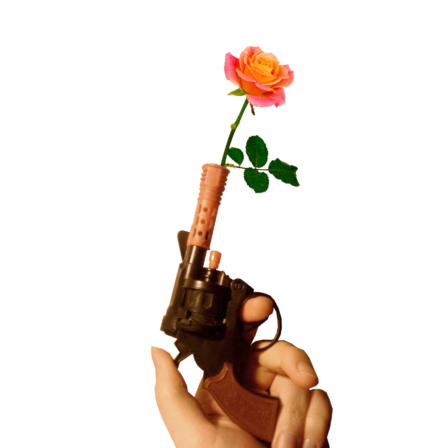“I have strong personal experience in reducing hate speech.”
The promise made by Head of Audience Dialogue at Finnish Broadcasting Company Yle Sami Koivisto is a tough one. There is no scientific proof available, but according to Koivisto, hate speech has been reduced on Yle’s own network platforms and social media channels following a few simple principles.
“It is based on meeting people. You have to pick your words very carefully and be overly respectful. If even a small tone of arrogance can be sensed, somebody will certainly latch onto it.”
The philosophy can be summarised in three rules for dialogue in the digital world:
- Don’t be arrogant.
- Always try to understand the audience’s question in a positive manner.
- Be honest at all times.
Koivisto has learned this the hard way. He was the only Yle news social media reporter, when the number of refugees seeking shelter in Finland suddenly increased in the summer of 2015. Some of the audience reacted very strongly to the news.
“Our own social media platform filled with anger, and I had to give up.”
In the autumn and winter Koivisto began to find his own way of working. He began to discuss.
“It’s really important to have courage to communicate with people. It’s not all about removing the inappropriate, but more about dialogue and interaction.”
Many people wonder how to guide online discussions towards a more moderate direction.
Good news: it is possible. Bad news: it takes effort, time and courage.
“I have learned that there is no need to be scared of people’s hatred, distrust and misconceptions. There is no point in wasting time pondering over how awkward and difficult discussion is. It sometimes is just that. But I believe that everybody has a shared human experience of aiming for the good. You just have to be open and honest.”
There is a big shift taking place, and it does not only involve the media, but all online organisations. What used to be mass communication has now turned into a two-way discussion. Experience is important, as well as trust, which does not automatically exist between the media and the audience. It has to be built and maintained.
“This is a really radical change. We cannot simply deliver facts anymore. The need to interact is of crucial importance. In social media, people’s experience of trust is emphasised and becomes easily as important as facts.”
At Yle, investing in interaction has involved, for example, a discussion with the audience on what journalism is, what the guidelines for journalists are, and why media functions the way it does.
According to Koivisto, a shift towards dialogue is taking place also outside media companies.
“Just a couple of years ago, media, science and authorities used to blame each other for not confronting hate speech. At least now the police have woken up to wipe out rumours. People understand that everyone really shares the responsibility.”
Koivisto thinks that high-quality education in online dialogue skills should be offered. Perhaps surprisingly, the weakest group in media literacy are not young but middle-aged people.
“There is high demand for media education for grown-ups. Young people manage pretty well, but middle-aged and older people are the most susceptible to disinformation.”
As a social media reporter, Koivisto used to reply to trolls. Trolls take part in discussions in order to aggravate them. Should they not be ignored?
“I have replied to trolls when ever it has been useful. People hope that the media would defend its ethics. When I reply to a troll, I also reply to all the others following the discussion.”
Being on call in social media is hard work. Yle news currently have three social media reporters working in shifts on call. Koivisto thinks that online dialogue should be resourced everywhere, where people feel concern and responsibility for societal discourse.
“There is no other option. That is currently the place where people are.”












Learning from dialogue
This is how it works.